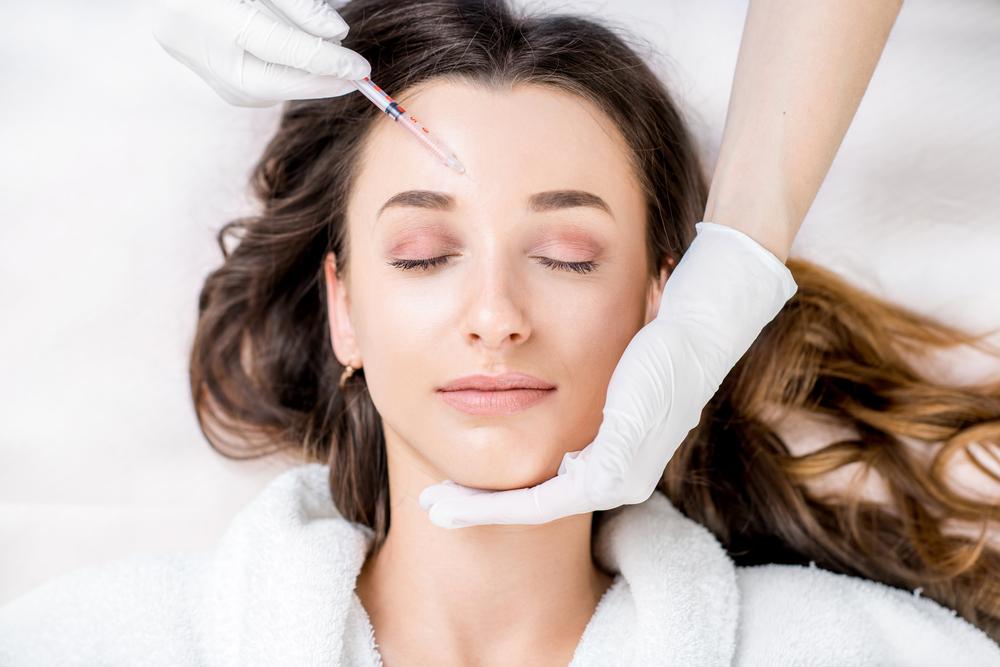Here Is How Botox Can Treat Migraines
Here is how Botox can treat migraines
Botox, also referred to as OnabotulinumtoxinA, is a neurotoxin. It is made by a bacteria called Clostridium botulinum. The neurotoxin causes a reaction called botulism which blocks the signals from the nerves, paralyzing the muscles. It can be hazardous if consumed through spoiled food.

Cosmeticians have found that Botox helps people suffering from tics, spasms, and other nerve diseases. It also helps in smoothing muscles and relaxing skin tissues.
In the recent years, Botox has been approved to treat chronic headaches and migraines. A history of chronic headaches for more than 15 days or clusters of headaches can be a result of migraine attacks.
A research suggested that migraine sufferers who used Botox cut down the length of the attacks by at least a week. Another study suggested that nearly half the people who used five rounds of Botox experienced 70 percent fewer headaches as compared to the ones who were given just two shots.
Botox helps in relieving migraine headaches by blocking chemicals called neurotransmitters which carry pain signals from the brain. Botox act like a roadblock that stops the chemicals before they get to the nerve endings around the head and neck.
Administering Botox
Once the person decides to use Botox to treat migraines, the doctor will administer several shots of the neurotoxin around the head and the neck based on the severity of the migraine.
Botox blocks the release of a neurotransmitter called acetylcholine. This neurotransmitter prevents the contraction of muscles, making the muscles less stiff. In case of migraine attacks, as Botox blocks both the release of the neurotransmitter and reduces the stiffness, it eases the pain caused by a migraine.
The person might need to get 30 to 40 shots on each side of their head. If they have a migraine at one specific spot, they might need more shots in that particular place. Results might be visible in two or three weeks.
Side effects of administering Botox for migraines
Since Botox is a neurotoxin, using it to treat migraines might have its own sets of side effects. One of the most common side effects of Botox is neck pain. If it is not administered in the right amount, it might increase the headache instead of suppressing the pain caused by a migraine.
Although rare, some people have also experienced allergic reactions to Botox. Some signs of an allergic reaction include hives, swelling in the lower legs, and shortness of breath. There are no confirmed reports of the neurotoxin causing an allergic reaction in other parts of the body.
Thus, it is very important for a person to read the guidelines of medications and look for warning signs before using Botox to treat a migraine. The cost to treat migraines with Botox ranges from $500-$1500. The price range varies based on the specialist and the amount of Botox used in the treatment. Hence, it is wise to back your treatment with an insurance and get the condition treated by a renowned doctor. Make sure to get this type of Botox treatment from doctors and trained professionals who have the expertise to give Botox shots exclusively for migraines instead of wrinkles and other cosmetic uses.











